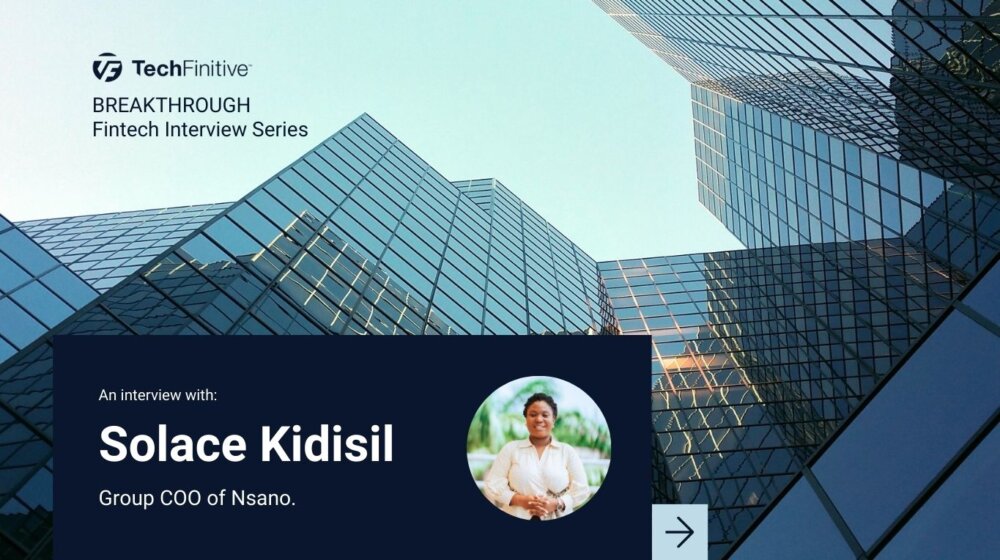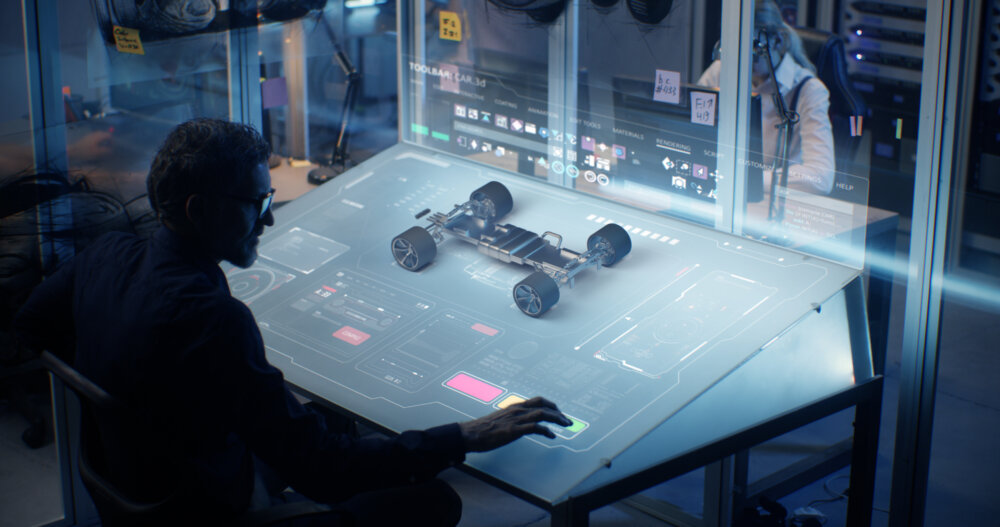
Why smart, sustainable businesses must think about software
When we think about improving the sustainable impact of technology on business, our focus naturally falls onto tangible indicators. Think reducing waste or improving energy efficiency. Smarter businesses, however, maximise the life of their hardware assets to unlock significant sustainability wins.
But there’s a hidden problem. Businesses that solely focus on hardware lifespans and ignore the importance of software lifecycles could find their sustainability strategy in tatters.
Here, I examine the vital role that software has to play in any smart business’ sustainability plan. I start by revealing those hidden hurdles, before setting out practical ways to beat them.
Sustainable software?
Initially, it may seem that software has a minimal role to play within a sustainability strategy, so let’s consider an oncoming software storm that will affect millions of machines.
As we know, Microsoft will stop supporting Windows 10 on 14 October 2025 and some environmental groups estimate that around 400 million machines aren’t compatible with Windows 11. This isn’t an issue affecting old PCs alone: many vendors are still trying to shift stocks of new machines which won’t run Windows 11. It could rather annoy unsuspecting buyers when their purchases fail fleet compliance in under two years.
Reducing the usable lifespan of technology with unsupported software isn’t anything new, and it’s certainly not unique to Microsoft machines. A report by the PIRG Education Fund highlighted the rates of Chromebook churn being used in US education, in part due to the short software life of certain machines.
In the mobile sector, software lifespans have been the kill switch for millions of functional tablets and phones. Not because they’re broken, but because out-of-date software means they aren’t safe.
Software secrets
When tech manufacturers wave their green credentials, always look over their shoulders. There is usually something that they don’t want us to see.
One of the most common forms of software shenanigan is a process called serialisation. This is the process of using embedded software to pair pieces of hardware together. Without you even realising its presence, serialisation can kill your sustainability ambitions without trying.
If the thought of ink going off like Stilton isn’t galling enough, then software serialisation quickly becomes more infuriating
Twenty years ago, most of us would have experienced an ancient form of this when trying to use third-party compatible cartridges with inkjet printers. I’d like to say that this unfair practice is now confined to the annals of history, but it isn’t.
Many printer owners continue to be frustrated by consumable compatibility issues whilst other manufactured issues are just baffling. My own HP Officejet printer has expiry dates for the inks installed, coded to prevent them from functioning after a certain date. If the thought of ink going off like Stilton isn’t galling enough, then software serialisation quickly becomes more infuriating.
Software sustainability: the iPhone example
Back in 2020, Australian YouTuber Hugh Jeffreys posted the video we embed above. He took two new iPhone 12 handsets and switched various components between them. Both phones refused to acknowledge their ‘new’ parts. Functions like FaceID and many camera operations were disabled and messages appeared that the battery required servicing.
Had Hugh broken the iPhones? Well, yes. Apple uses serialisation to pair together many of the major components within an iPhone. By swapping the parts, Hugh broke the software serialisation, and the phones didn’t recognise the replacements despite them being the correct parts, manufactured by Apple.
Finally, Hugh returned all components back to the original handsets, which subsequently powered up with no warnings.
This form of serialisation is a barrier to all of us being able to repair our own devices and the practice continues to this day. Users replacing broken screens on their M2 MacBooks and MacBook Pros have found that fragments and graphical artifacts drift across the screen. True Tone, the technology that adjusts Apple displays, can also become disabled. To resolve the issues, Apple’s proprietary software must be used, but the chances of getting access to it are slim. Rock up to an Apple store with a third-party screen replacement and they will show you the door.
Implementing serialisation isn’t unique to printer manufacturers and Apple. Samsung uses it in its phones, Microsoft and Sony use it to prevent the DVD drives in their consoles from being swapped and we don’t have enough time to cover coffee pods, car parts, kitchen appliances, medical equipment, wheelchairs and agricultural machinery.
What can we do about it?
At the moment, legislation to outlaw serialisation isn’t strong, so it’s incredibly likely that your next tech purchases will use the technology. You can keep your sustainability focus by asking your vendors or purchasing teams a few pertinent questions, to inform better purchasing decisions.
Start with software support timelines. Find out how long the manufacturers of your next batch of mobiles will support the handset. Can the new printer run third-party consumables instead of being tied into a manufacturer’s ‘on-demand’ contract?
If not, think twice. The technology market is drowning in competitive purchasing options, so finding a product that will be supported for longer should be possible.
Ask about repair restrictions. Will the IT department or a local tech firm be able to swap out smashed screens without the handsets complaining? Repeat this question for batteries, charging sockets, speakers, mics and buttons.
If you’re looking at an aging, yet functional, fleet of laptops and desktops which will head for the skip when Microsoft shuts down Window 10 support, investigate swapping the operating system for something with a longer support cycle. There are countless versions of Linux out there offering a superb user experience, but most aren’t great from an IT support standpoint.
Fortunately, Google’s ChromeOS Flex is a fully supported OS, which can be integrated, deployed and managed within your existing inventory. It’s ideal for users who require a fast browser-based environment and will breathe life back into PCs and old Intel Macs. Did I mention that it was free?
The next time you’re shopping for technology, be mindful of the green credentials being presented to you. 100% compostable packaging and a chassis built from reclaimed plastics are all well and good. Great, in fact. But unless you consider the software implications you could end up with landfill fodder much earlier than you expected.
Read next: Lee provides five simple steps to make your business IT more sustainable
Related resource in association with Maersk
- How to add value to your business through sustainable practices
- Reasons to care about sustainability and why it makes sense for your business
- The reality of executing sustainable practices
- New technology’s role in helping businesses meet economic, social and environmental goals
NEXT UP

Solace Kidisil, Group COO of Nsano: “The difference between traditional finance and fintech is the questions we ask”
We interview Solace Kidisil, Group COO of Nsano, a fintech company from Ghana, offering digital payment solutions across Africa

Dell, Hyundai AutoEver and Intel team up for AI edge ecosystem expansion
Dell has expanded its edge ecosystem with Hyundai AutoEver, a subsidiary of Hyundai, and Intel to boost manufacturers’ ability to optimise output from edge data with AI.

Jeff Engle, Head of Product at BlueVoyant: “Protecting a company from cyber attacks isn’t just the role of the CISO or his team”
In this interview, we hear from Jeff Engle, Head of Product at BlueVoyant, President of Conquest Cyber and a recipient of a Purple Heart, who served in the US Army Special Operations.